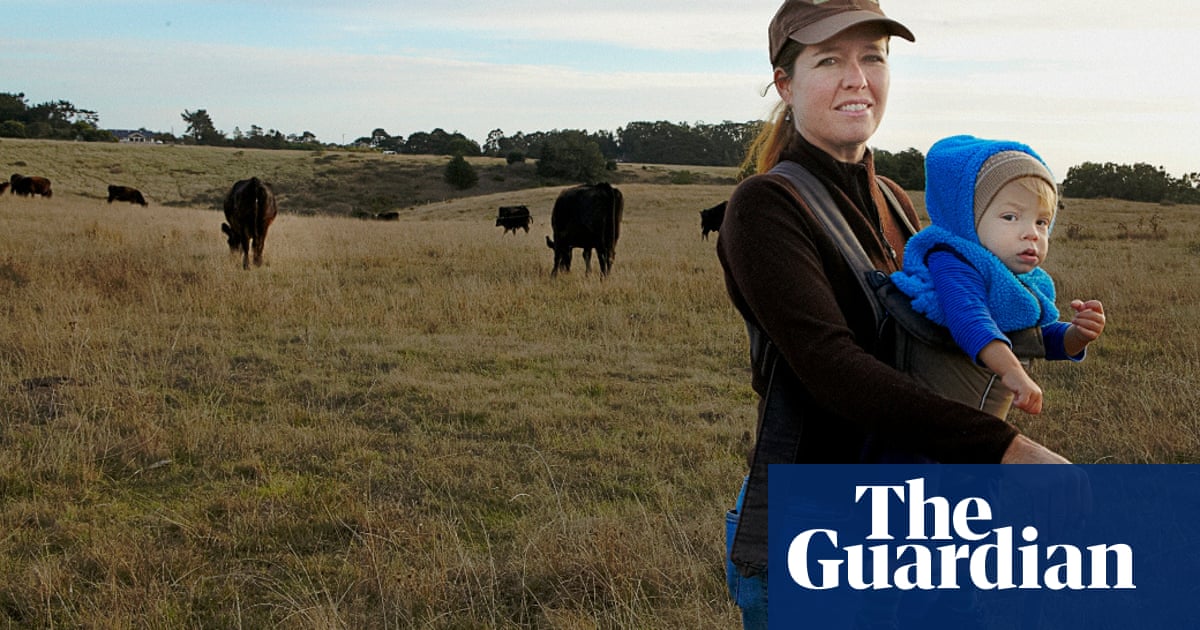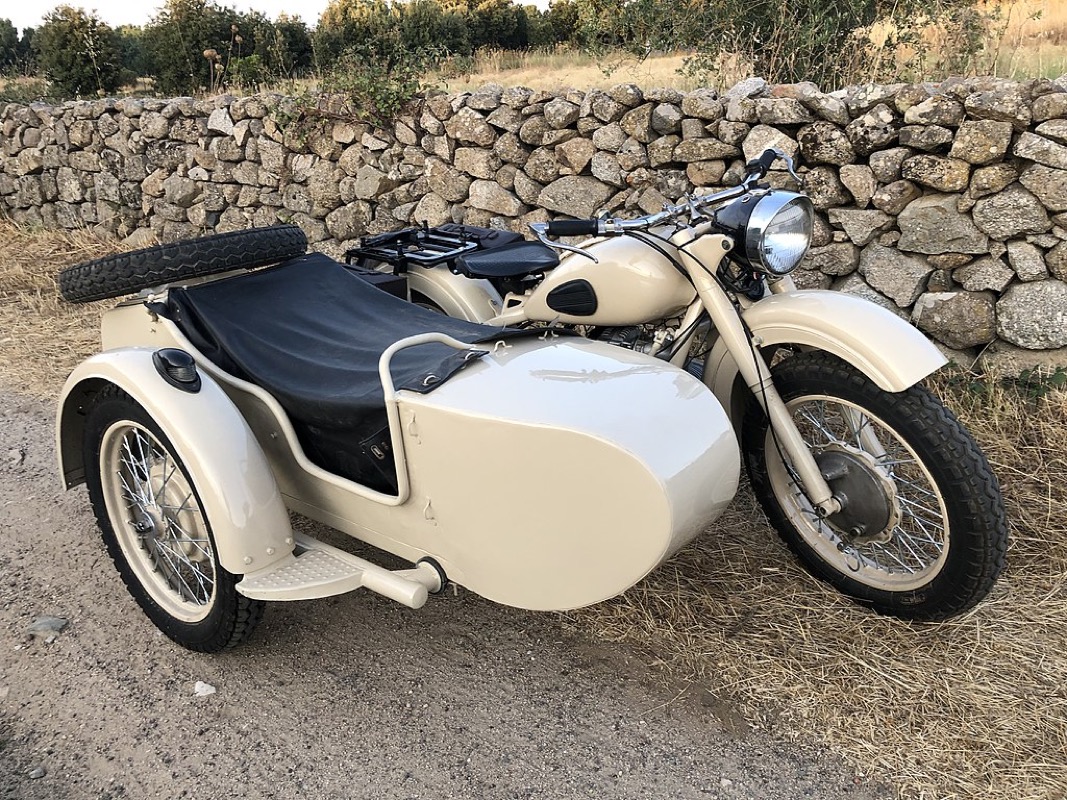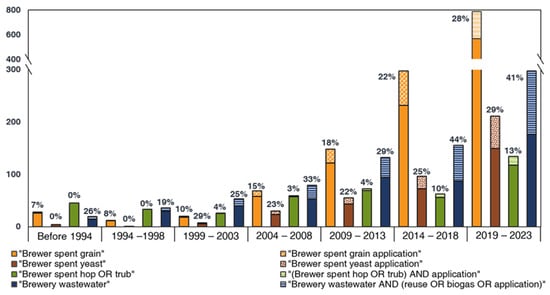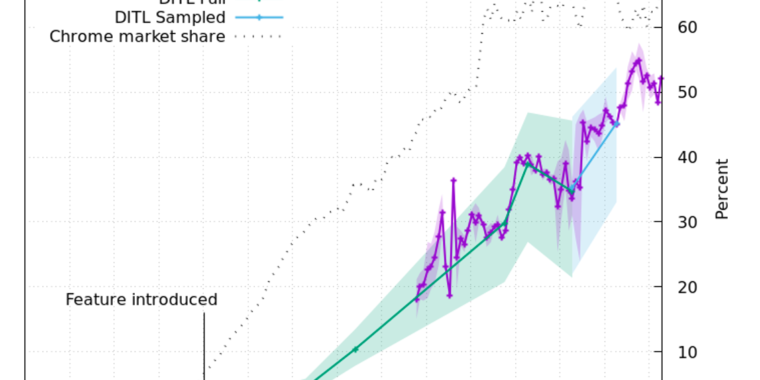
More Husband than Female
J ames Allen was working for a London shipwright when he was killed by a falling piece of timber in 1829. He had been married to his wife, Abigail, for more than twenty years. The medical students who performed the autopsy declared Allen’s body anatomically female, but the coroner continued to call the deceased ‘he’ because ‘I considered it impossible for him to be a woman, as he had a wife.’ The marriage certificate convinced the coroner to ignore Allen’s anatomy: social gender trumped biological gender. The rest of the community agreed. Allen wore trousers, worked as a manual labourer, had a wife and was called James. He was ‘sober, steady, strong and active’. Of course he was a man. Only after Allen’s death, as news of the autopsy spread, did some people begin to express different opinions: they’d always noticed his lack of facial hair, they said, and oddly high voice. But, even then, for every person who feminised Allen in retrospect, another insisted on his masculine traits – a face roughened by a life spent outdoors, large hands hardened by decades of work as a groom and sawyer.
As Jen Manion’s Female Husbands and Rachel Mesch’s Before Trans show, a considerable number of people assigned female at birth lived as men, between genders, and outside gender during the 18th and 19th centuries – long before the rise of endocrinology and gender affirmation surgery. The people documented in these books were rich and poor, rural and urban, fixed and itinerant, literate and illiterate, French, British and American. Some had sex with men, some with women, some with both, some with no one at all. Almost all were white and, Manion shows, on the rare occasions when journalists and police did interact with trans people of colour, they focused on race. Femininity was so bound up with whiteness that a black woman who passed as a man was not seen to be making as great a gender leap as a white woman who did so. And because blackness was associated with enslavement, what white people noticed most about a black female sailor, say, was not that a woman had taken on a man’s role but that an African American had exercised an unusual degree of freedom.


























